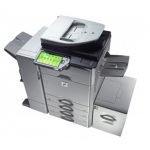
Students Guide to Printing- 43
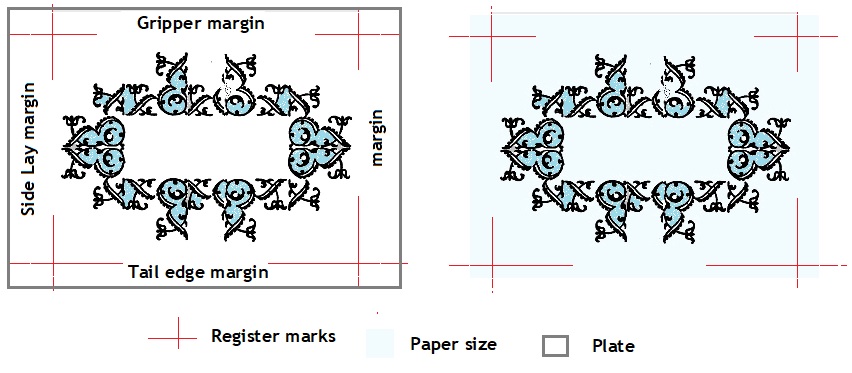
-Few objective Questions and answers-
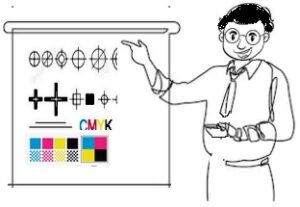
185) What is called Registration in Printing, why is it important and which factors are taken into consideration to ensure that the image gets properly registered prior to Printing ?
Registering is a term used by printers for printing an image or any text in a specific place in a sheet beginning from the first to the last print of a job. When sheets are printed, whether it is simple one colour or multi colour, it has to be ensured that the image- either from the blocks or plates fall exactly on the same predetermined position on all the sheets so that after printing entire sheets, when the sheets are trimmed, all sheets will have same amount of margin or white space on all sides of the printed material and the print will appear sharp and clear.
Registration is the process by which a printer lines up more than one colour in the right place on top of each other to reproduce multi colored image. When multi-color images are reproduced, each colour may require printing with separate plate or block carrying specific portions of the image where the specific colour may be required to be printed. The images from each colour plate will have to sit exactly on top of the previously printed colored image so that at the end of printing of all colours, the image will appear as one sharp image with several colours showing as per the original.
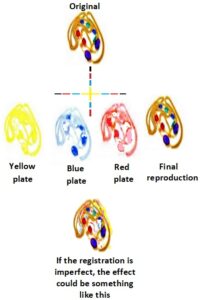
Thus ensuring that the images from each of the Block and the Plate fall exactly in the same position, one upon the other on the sheets is called ‘Registration’.
- If the images of successive colours do not fall exactly on one above the other, the printed images will not show sharp image and will appear blurred or double, triple imaged one.
- Accurate register ensures that a final printed piece has the effect of a single image with no color gaps or overlaps from sheet one to the last printed sheet. If something isn’t registered properly, then the images will not blend, letters and images will look fuzzy. None of them will lead to a beautiful appearance of print. Without registration, photos would appear blurred and typography misaligned with other visual elements on the page.
- Therefore in the prepress operation, the negatives and plates are prepared carrying marks called register marks outside the image areas which will get trimmed off leaving the required margin on the sheets or books.
- Only when the register marks get printed exactly one above the other, the images on the print will automatically get registered to show a sharp single image print.
- Registration marks are guide marks which print outside the trim area of printing. They can be of any shape like bulls-eye targets, crop marks, plate information, etc. These marks allow the printer to accurately register images from each subsequent plates printed over the previous printed image in order to get the true colour effect desired in multi-color jobs.
- In multi-color job since each colour is printed separately through different plates, the register marks are necessary to ensure that the images from each plate is aligned one over the other.
- Based on a guide drawing called Layout, the positioning of the text, page nos, headings and images will be determined with the final composed text material. The layout will show where the register marks are placed.
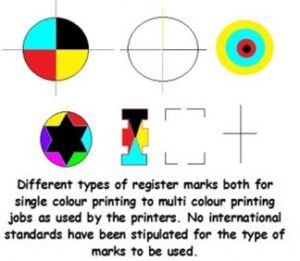 Thus the register marks facilitate alignment of images on the paper. The marks are placed in the layout sheet in such a manner that they appear and print on the paper leaving enough front lay margins needed for gripping the paper to lead them into the cylinder for printing.
Thus the register marks facilitate alignment of images on the paper. The marks are placed in the layout sheet in such a manner that they appear and print on the paper leaving enough front lay margins needed for gripping the paper to lead them into the cylinder for printing.- The perfect Registration of the images are possible only if the plates are prepared carrying the image exactly as per the layout already prepared.
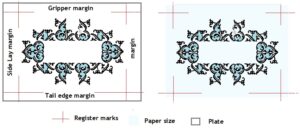
- The registration of the image on the machine is done by perfectly aligning the paper travel using front and side lays fitted on the machine. Many press manufacturers have installed automatic register systems to assist the operator in getting the print back into proper alignment.
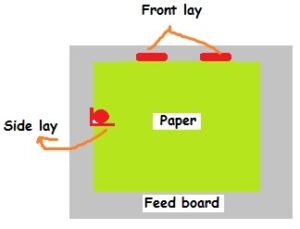
- However the register marks on the paper are kept in such a position that they get printed well beyond the gripper area margins needed for gripping the paper. As for sides, it can get accommodated anywhere before the edges of the paper because there are no grippers to hold the paper.
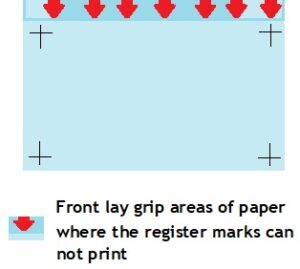

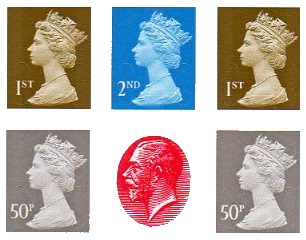
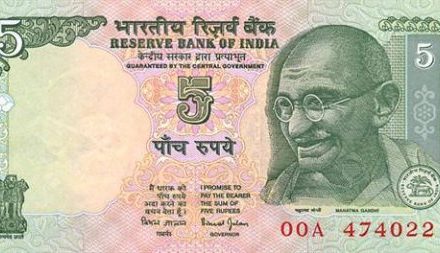
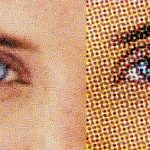



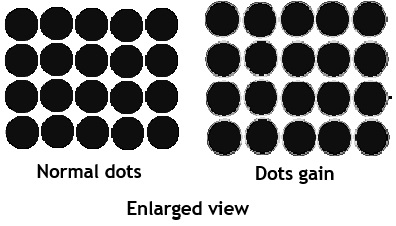
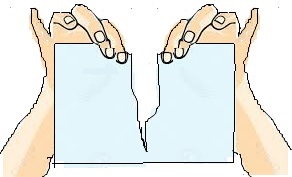

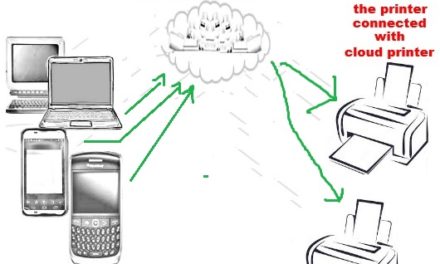

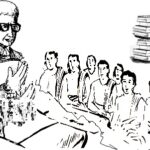
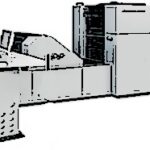
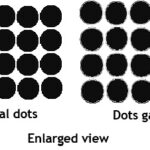
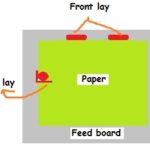
Recent Comments